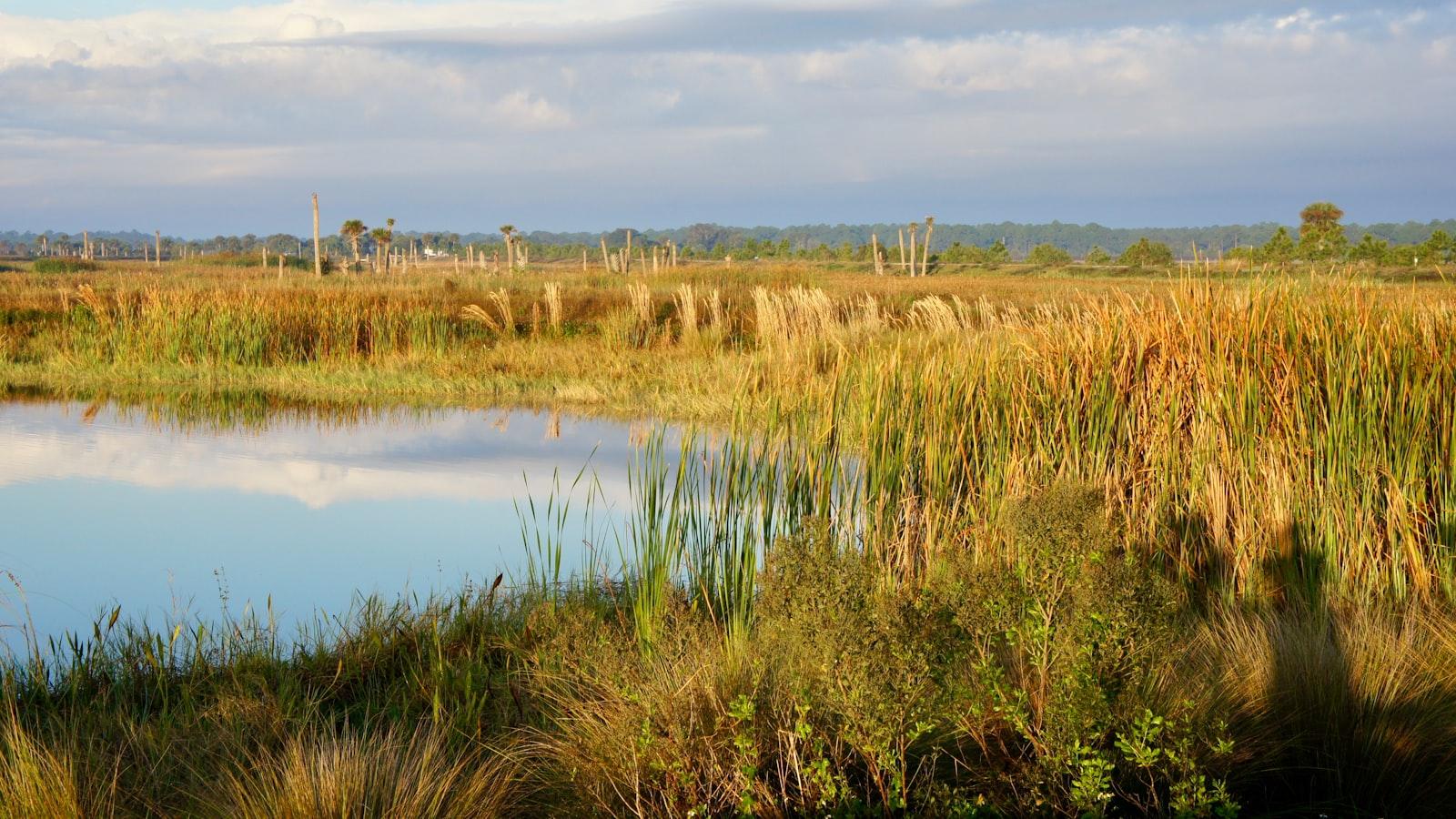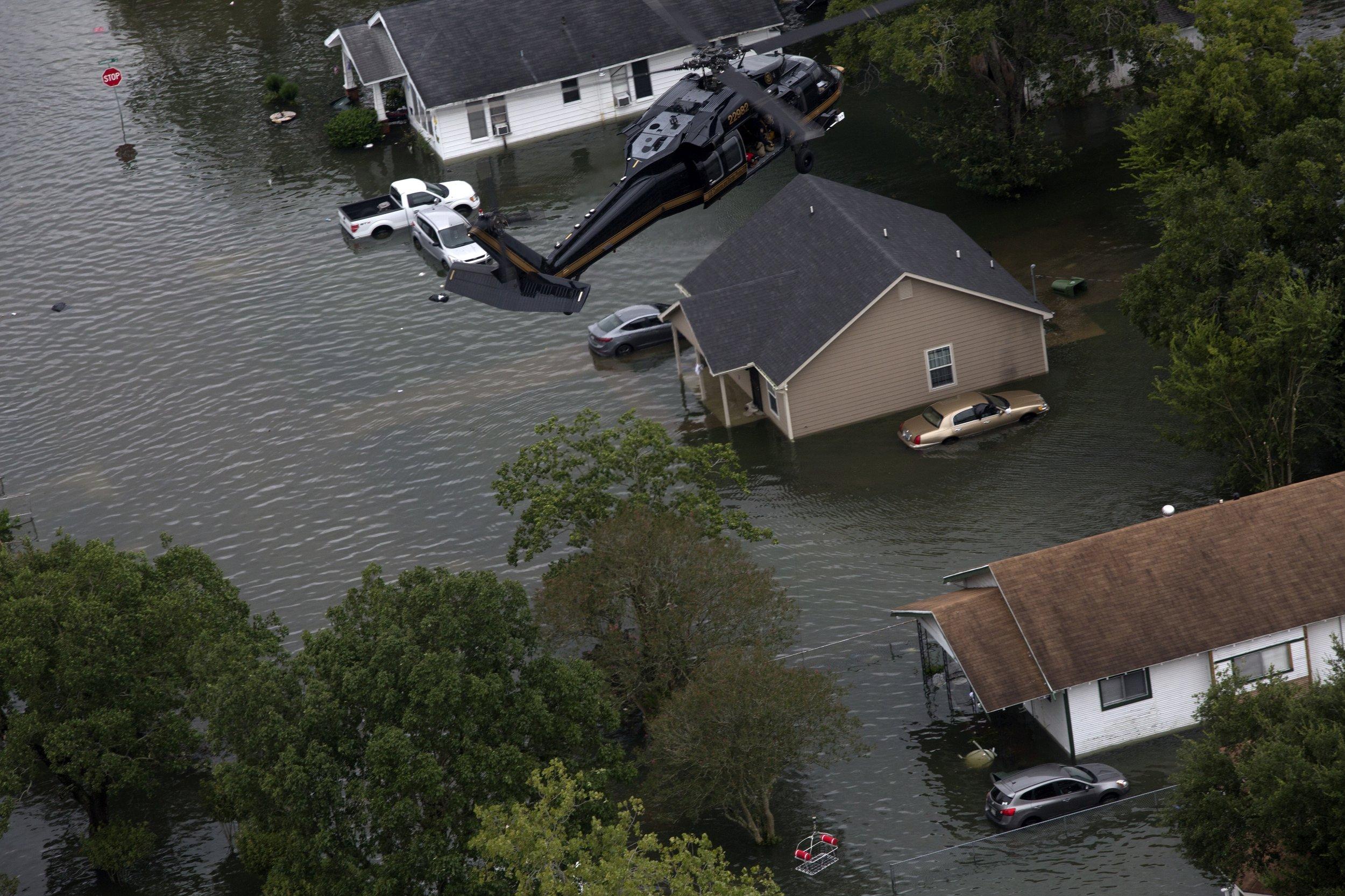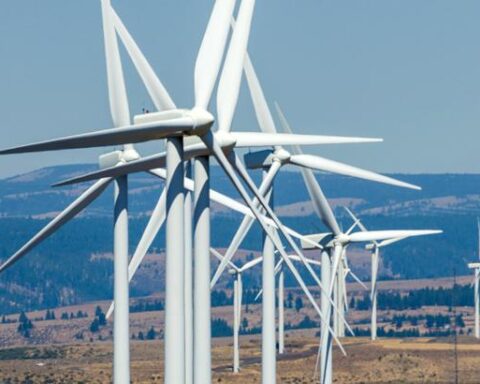Picture this: vast, lush wetlands stretching as far as the eye can see, teeming with diverse flora and fauna. Now, imagine these wetlands not only serving as havens for biodiversity, but also as powerful tools in the fight against climate change. Recent research suggests that intentionally flooding wetlands could be the next big carbon capture hack, effectively trapping and storing carbon dioxide from the atmosphere. The potential impact of this innovative approach on carbon sequestration and mitigating climate change warrants further exploration and consideration.
Table of Contents
- Why Flooding Wetlands is a Promising Carbon Capture Solution
- The Science Behind Wetland Flooding for Carbon Sequestration
- Exploring the Potential Benefits of Utilizing Wetlands for Carbon Capture
- Challenges and Considerations in Implementing Wetland Flooding for Climate Action
- In Summary

Why Flooding Wetlands is a Promising Carbon Capture Solution
Flooding wetlands has been gaining attention as a potential solution for carbon capture and storage. The idea behind this method is to mimic the natural process of carbon sequestration that occurs in these habitats, where carbon is stored in the soil and plants. By intentionally flooding wetlands, we can enhance this process and potentially offset carbon emissions.
One of the main advantages of using wetlands for carbon capture is their ability to store large amounts of carbon in a relatively small area. Wetlands are incredibly efficient at sequestering carbon, making them a promising target for climate change mitigation efforts. Additionally, by flooding these areas, we can also help restore and preserve critical habitats for wildlife and biodiversity.
Research has shown that flooded wetlands can significantly reduce greenhouse gas emissions by trapping carbon dioxide and methane. This approach not only helps to combat climate change but also has the potential to create new opportunities for sustainable land management practices. With further research and investment, flooding wetlands could become a key strategy in the fight against global warming.

The Science Behind Wetland Flooding for Carbon Sequestration
The process of flooding wetlands to capture carbon is gaining traction as a potentially groundbreaking method for combating climate change. Research has shown that inundating wetlands can increase the amount of carbon stored in the soil, turning these ecosystems into powerful carbon sinks. By deliberately flooding wetlands, we can stimulate the growth of carbon-rich plants and limit the decomposition of organic matter, effectively locking away carbon that would otherwise be released into the atmosphere.
One of the key factors driving the success of wetland flooding for carbon sequestration is the anaerobic conditions created by standing water. When oxygen levels are low, microbes responsible for breaking down organic material are less active, allowing carbon to accumulate in the soil over time. This process, known as peat formation, can lead to the long-term storage of significant amounts of carbon. In addition, flooding can promote the growth of wetland plants, which further enhances carbon capture through photosynthesis.
Implementing wetland flooding as a carbon capture strategy comes with a range of co-benefits beyond greenhouse gas reduction. Restoring and protecting wetlands can enhance biodiversity, improve water quality, and provide habitats for a variety of species. By integrating wetland management practices with climate change mitigation efforts, we have the potential to address multiple environmental challenges simultaneously, making wetland flooding a promising solution for a sustainable future.

Exploring the Potential Benefits of Utilizing Wetlands for Carbon Capture
Wetlands are often thought of as natural resources that provide important habitat for wildlife and help to maintain water quality. However, these ecosystems have another crucial role to play in the fight against climate change – carbon capture. By utilizing wetlands for carbon capture, we could potentially mitigate large amounts of carbon dioxide from the atmosphere, helping to combat global warming and its detrimental effects on the planet.
One of the key benefits of using wetlands for carbon capture is their ability to sequester carbon in the soil through the growth and decomposition of vegetation. Wetland plants have the unique ability to store large amounts of carbon in their roots, stems, and leaves, which can then be locked away in the soil for centuries. This process not only helps to reduce the amount of carbon dioxide in the atmosphere but also promotes healthy wetland ecosystems that provide numerous other ecological benefits.
Additionally, flooding wetlands can further enhance their carbon capture potential. By inundating wetlands with water, we can create anaerobic conditions that slow down the decomposition of plant material, allowing more carbon to be stored in the soil. This method of “rewetting” wetlands has been shown to significantly increase their capacity for carbon sequestration, making it a promising strategy for combating climate change.

Challenges and Considerations in Implementing Wetland Flooding for Climate Action
When considering the implementation of wetland flooding for climate action, it is important to be aware of the various challenges that may arise. One of the main concerns is the potential impact on surrounding ecosystems and wildlife. Flooding wetlands could disrupt the natural habitat of many species, leading to a decrease in biodiversity.
Another consideration is the potential for increased methane emissions. Wetlands are known to be significant sources of methane, a potent greenhouse gas. By flooding these areas, there is a risk of releasing even more methane into the atmosphere, which could counteract the intended carbon capture benefits.
Furthermore, the cost and feasibility of implementing wetland flooding as a climate action strategy must be carefully evaluated. There are significant financial and logistical challenges associated with such projects, including securing funding, obtaining necessary permits, and ensuring long-term maintenance and monitoring of the flooded wetlands.
In Summary
As we continue to search for innovative ways to combat climate change, the idea of flooding wetlands for carbon capture presents a promising avenue for exploration. By harnessing the natural processes of these ecosystems, we may have stumbled upon a powerful tool in our fight against rising carbon emissions. As we delve deeper into the potential benefits and potential challenges of this method, it is clear that there is still much to learn. However, the idea that nature itself may hold the key to solving our environmental crisis is both intriguing and hopeful. Only time will tell if flooding wetlands will indeed be the next big carbon capture hack, but the possibilities are certainly worth exploring. Stay tuned as we continue to uncover the secrets of these vital ecological systems.






